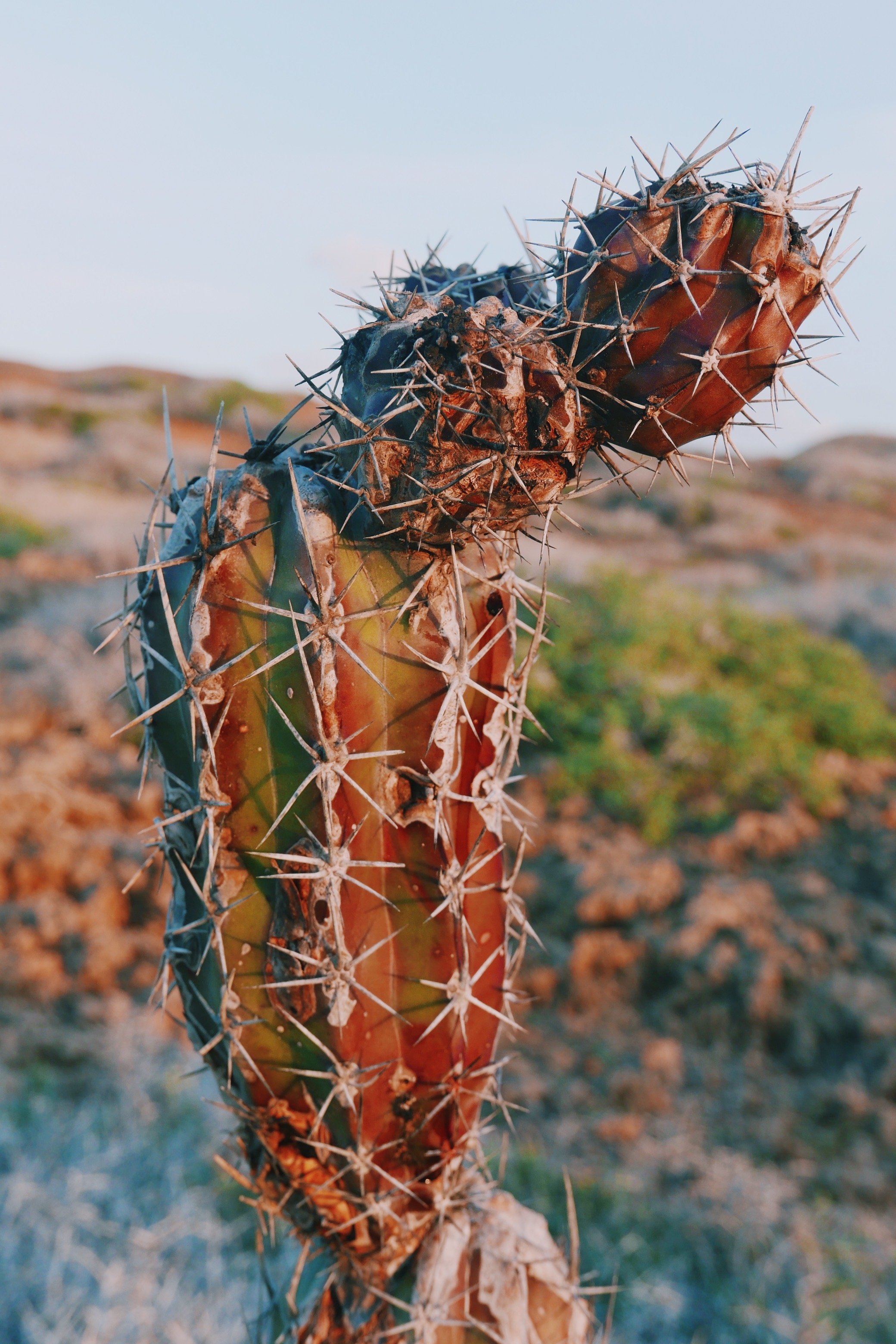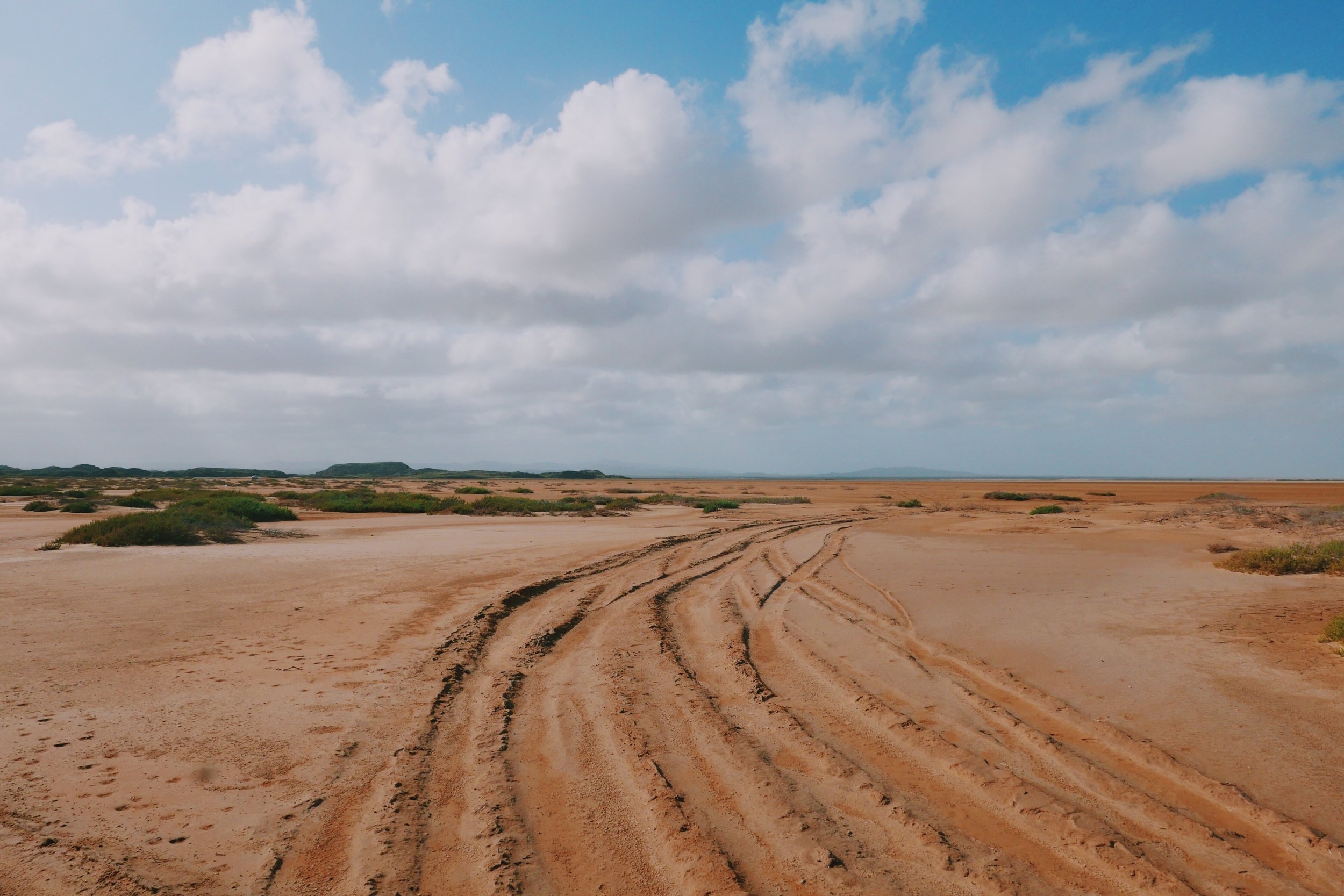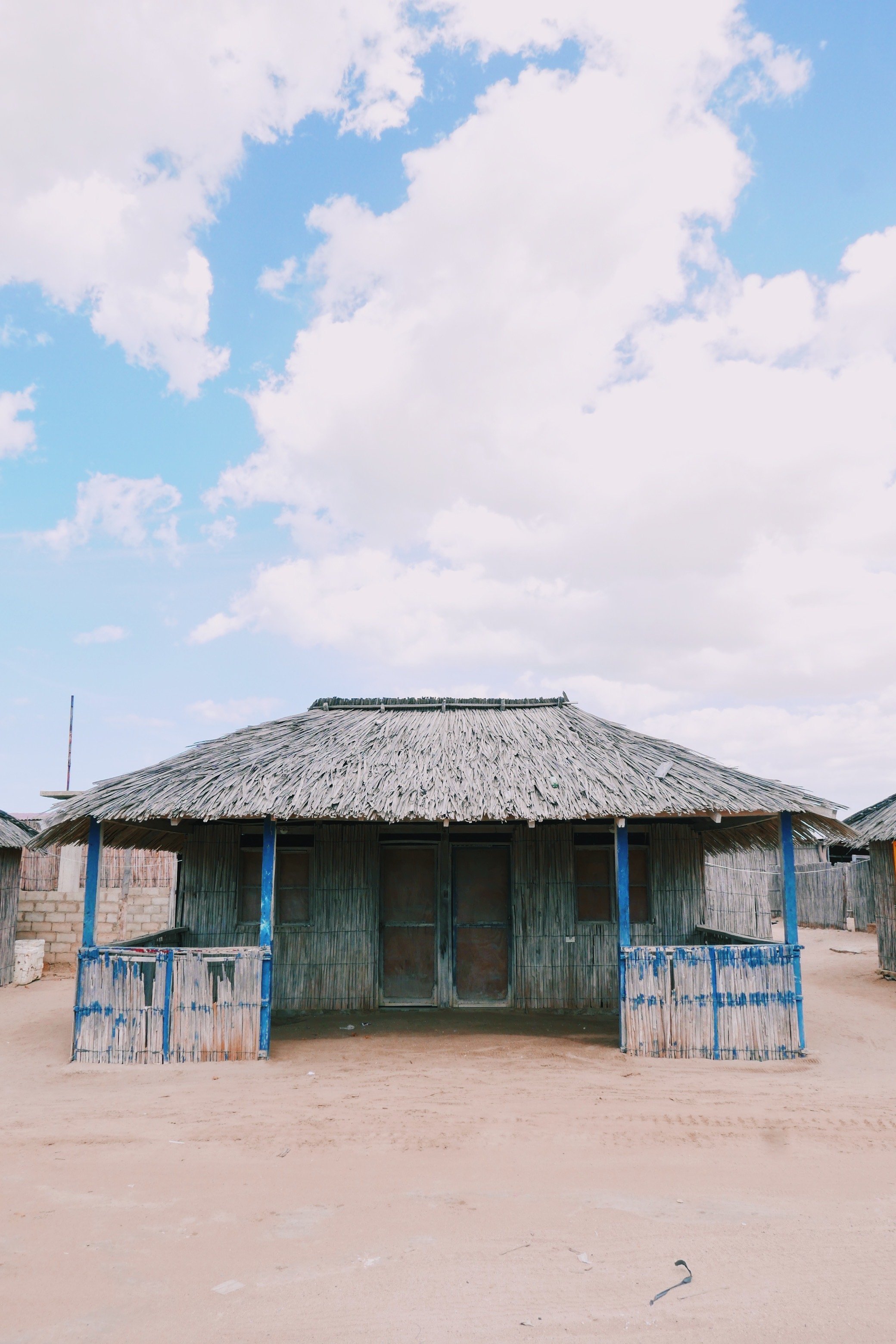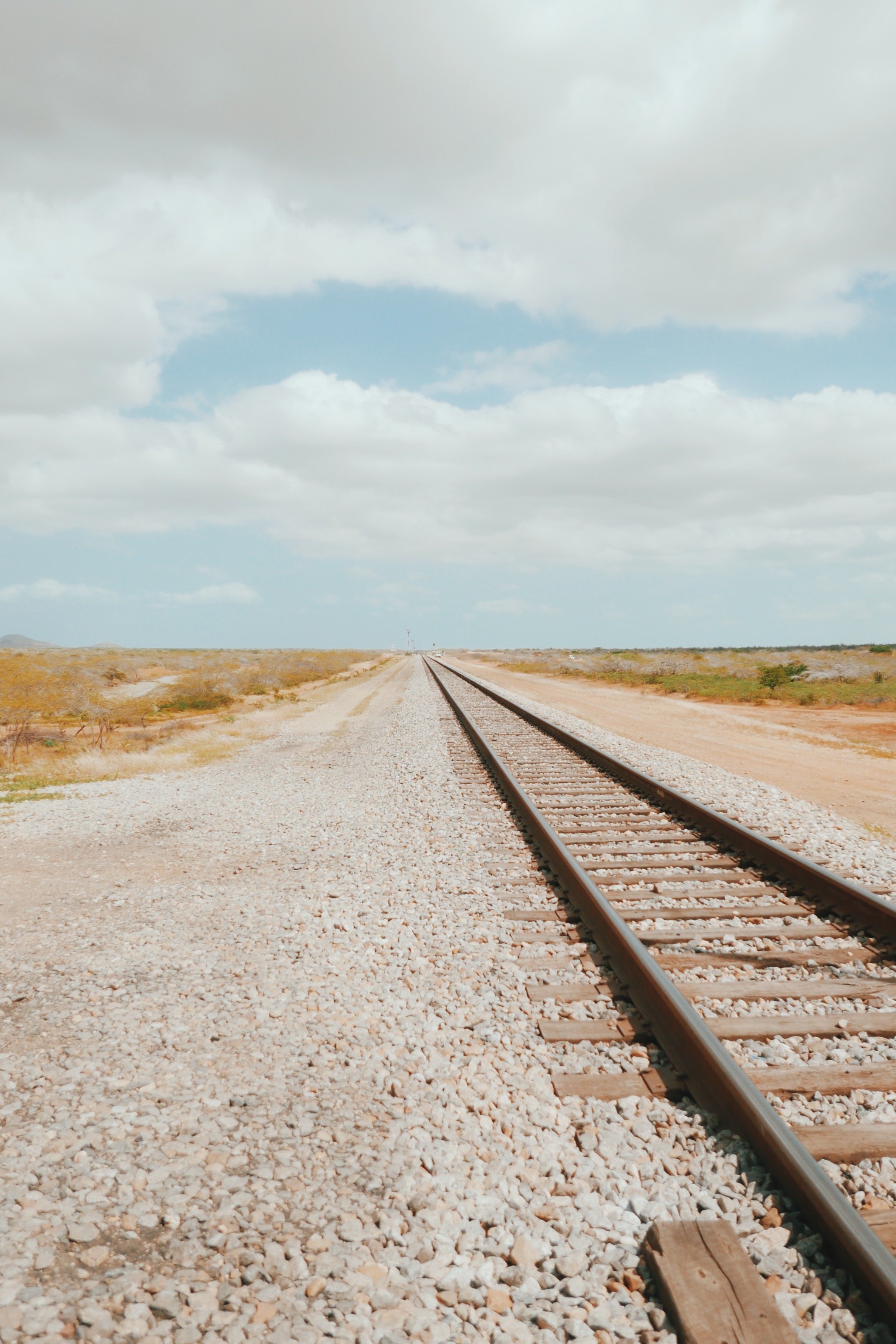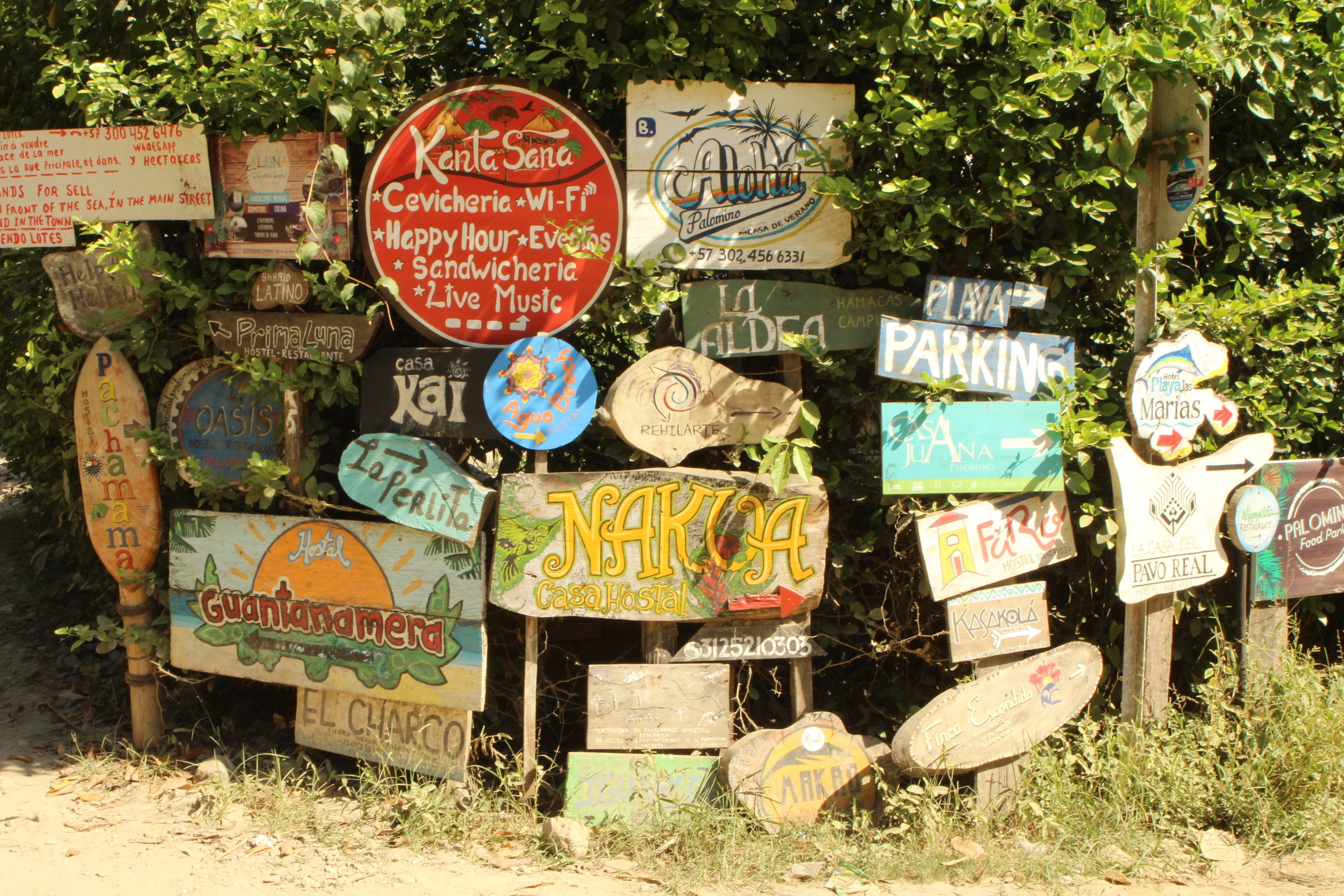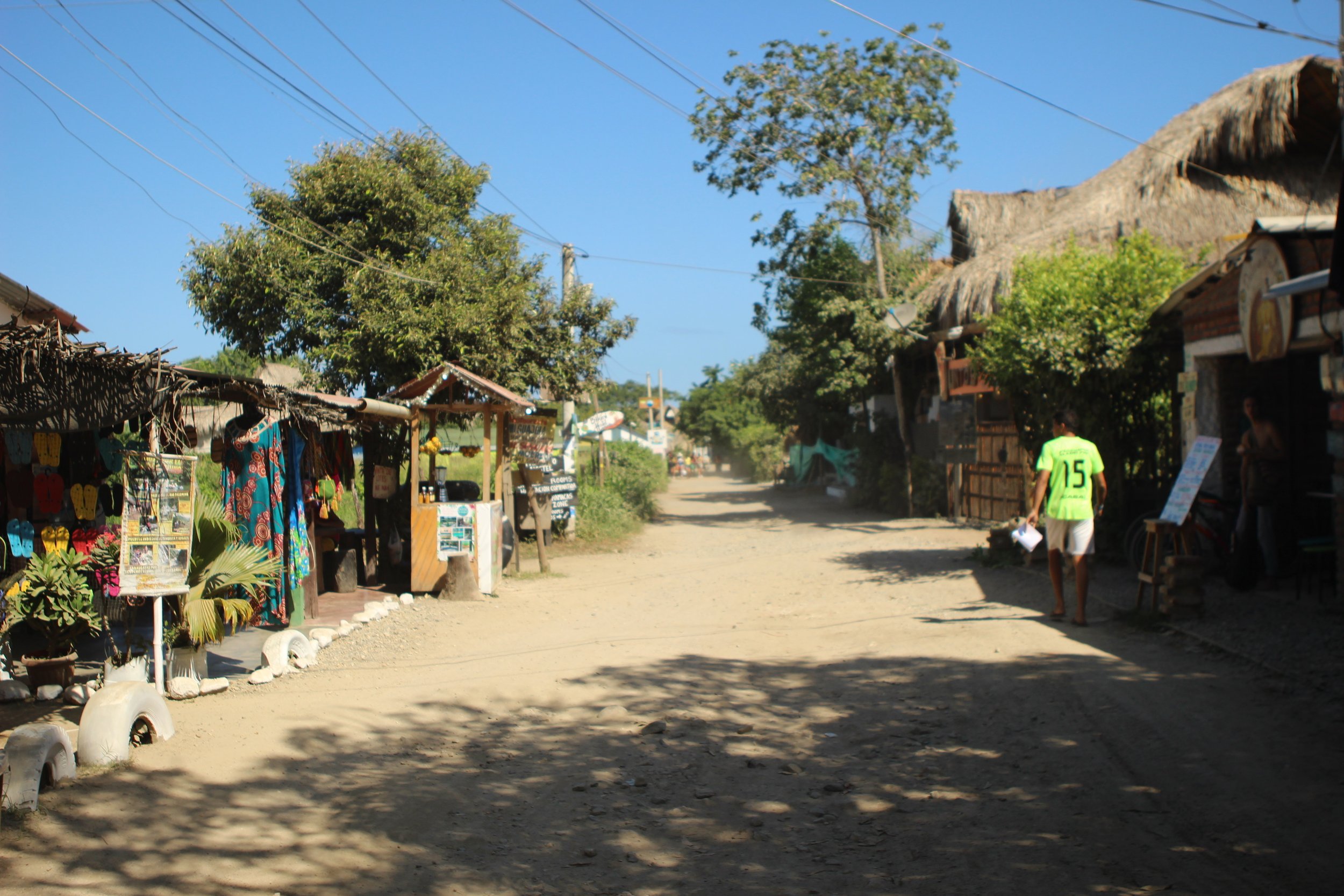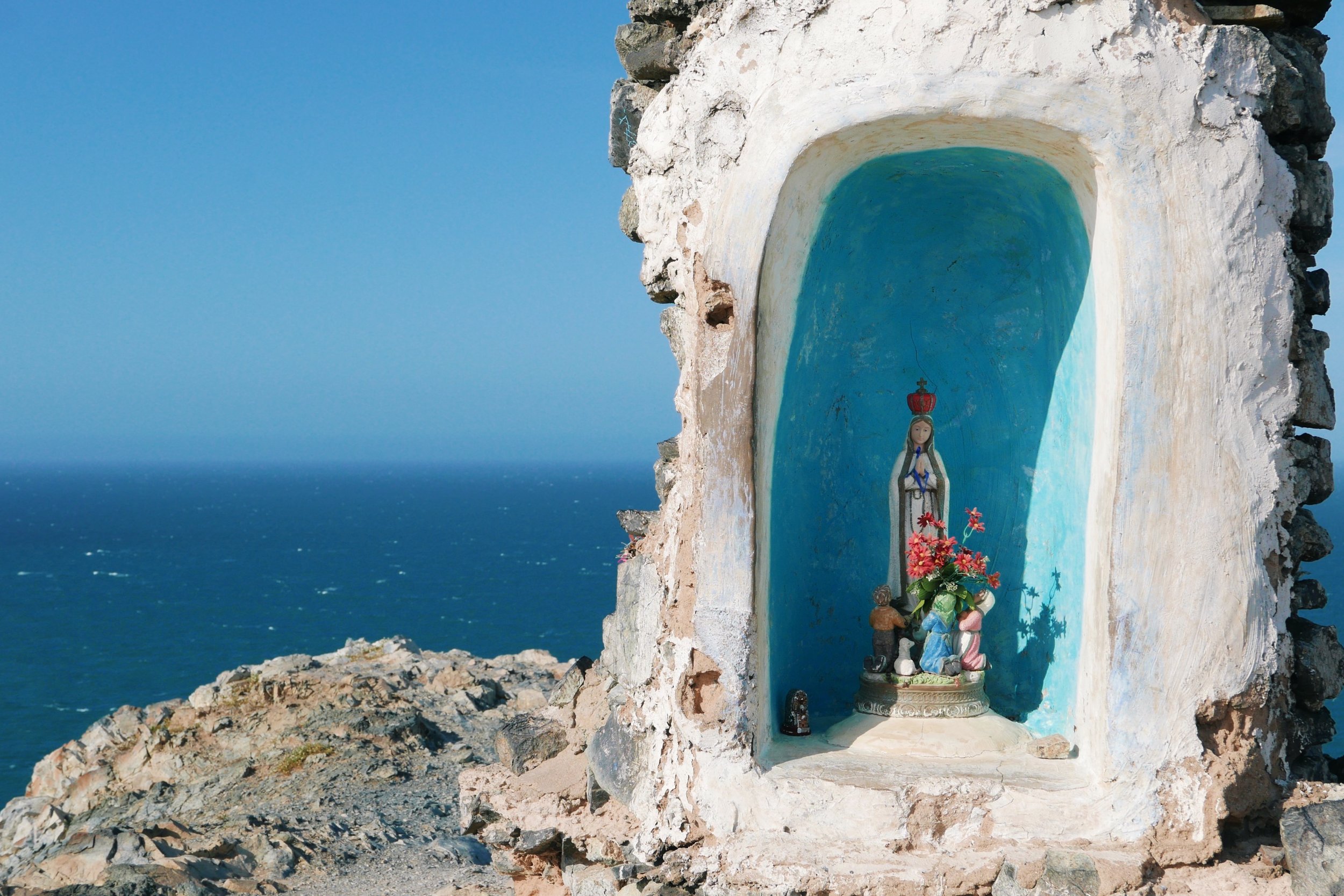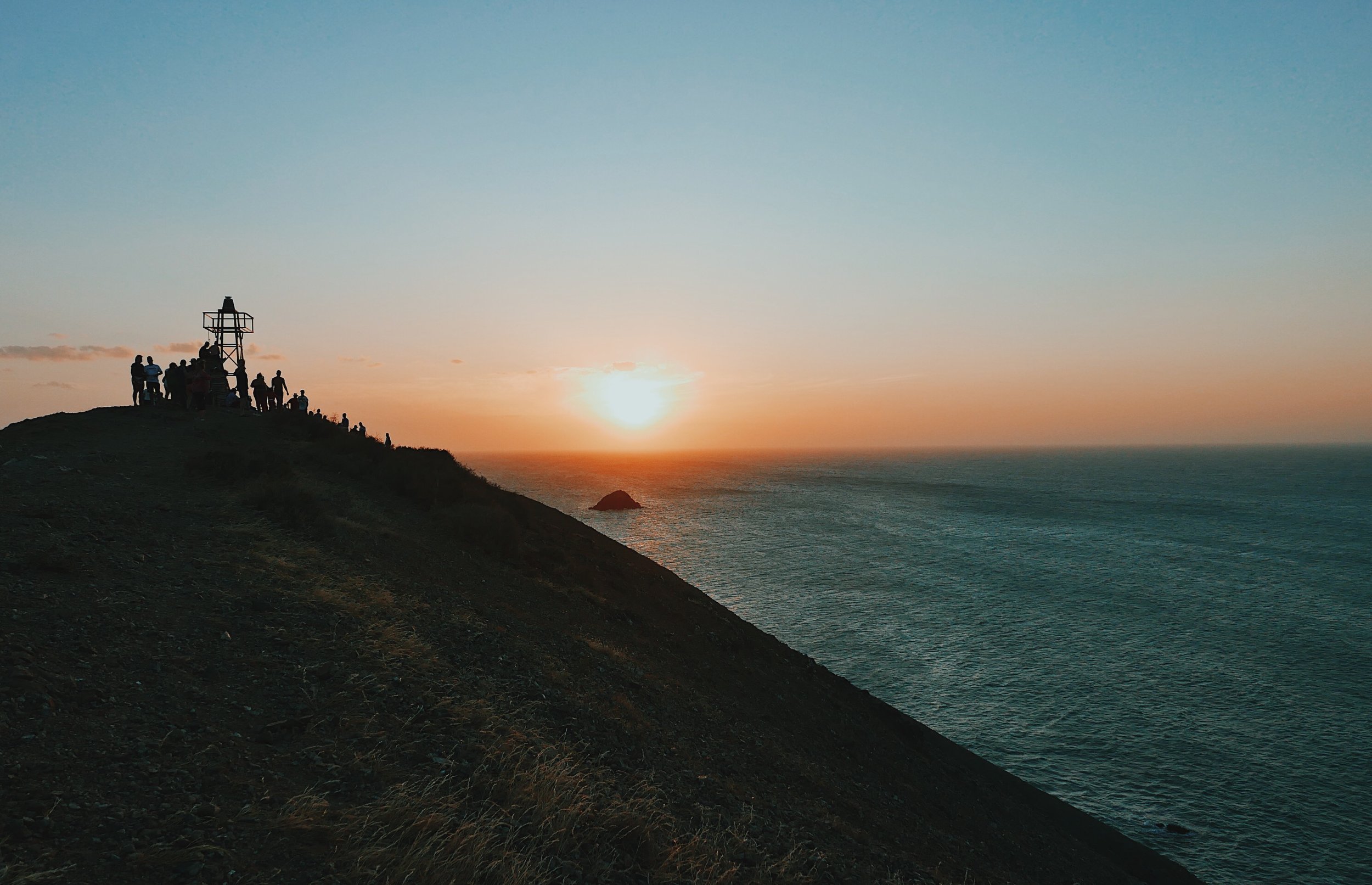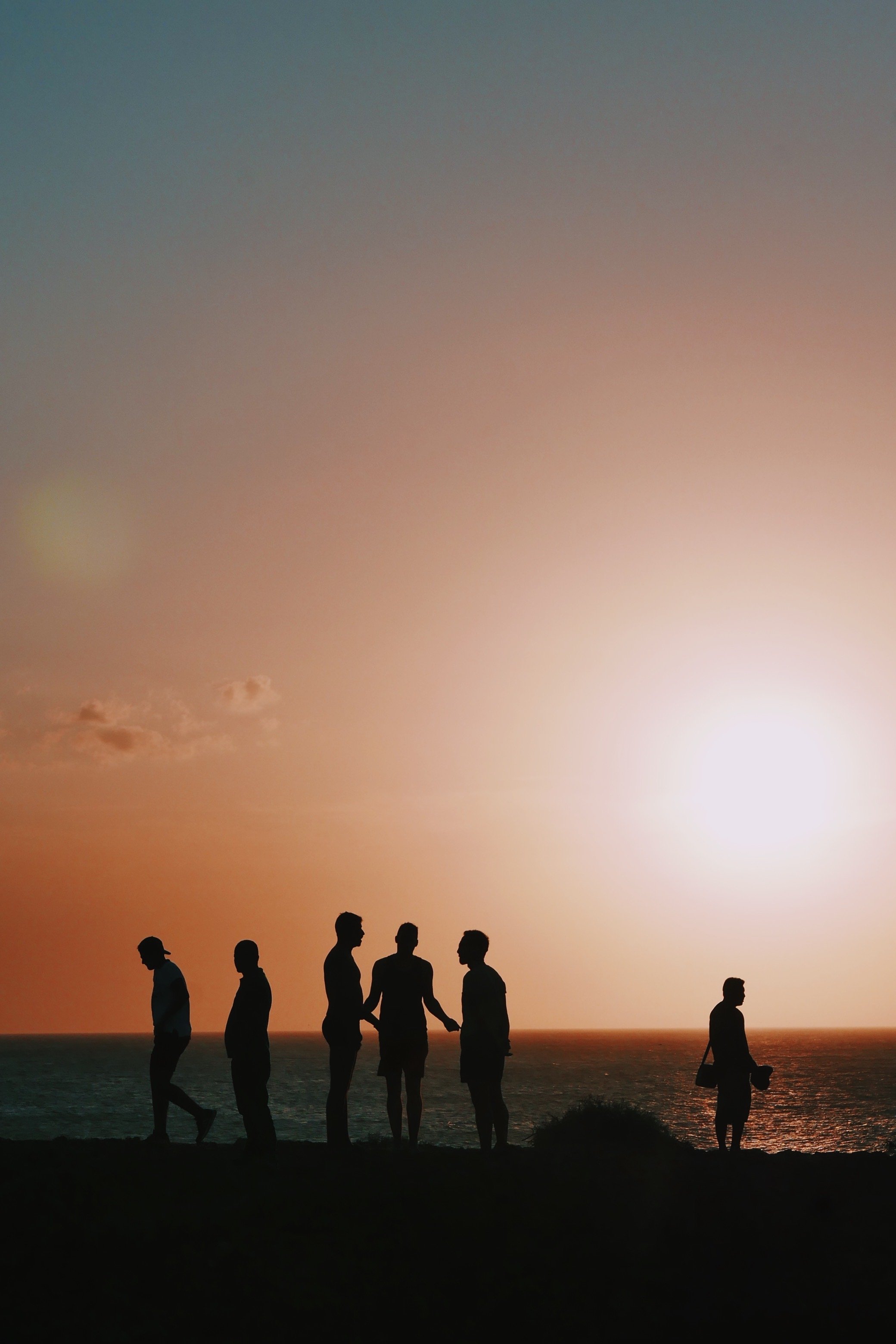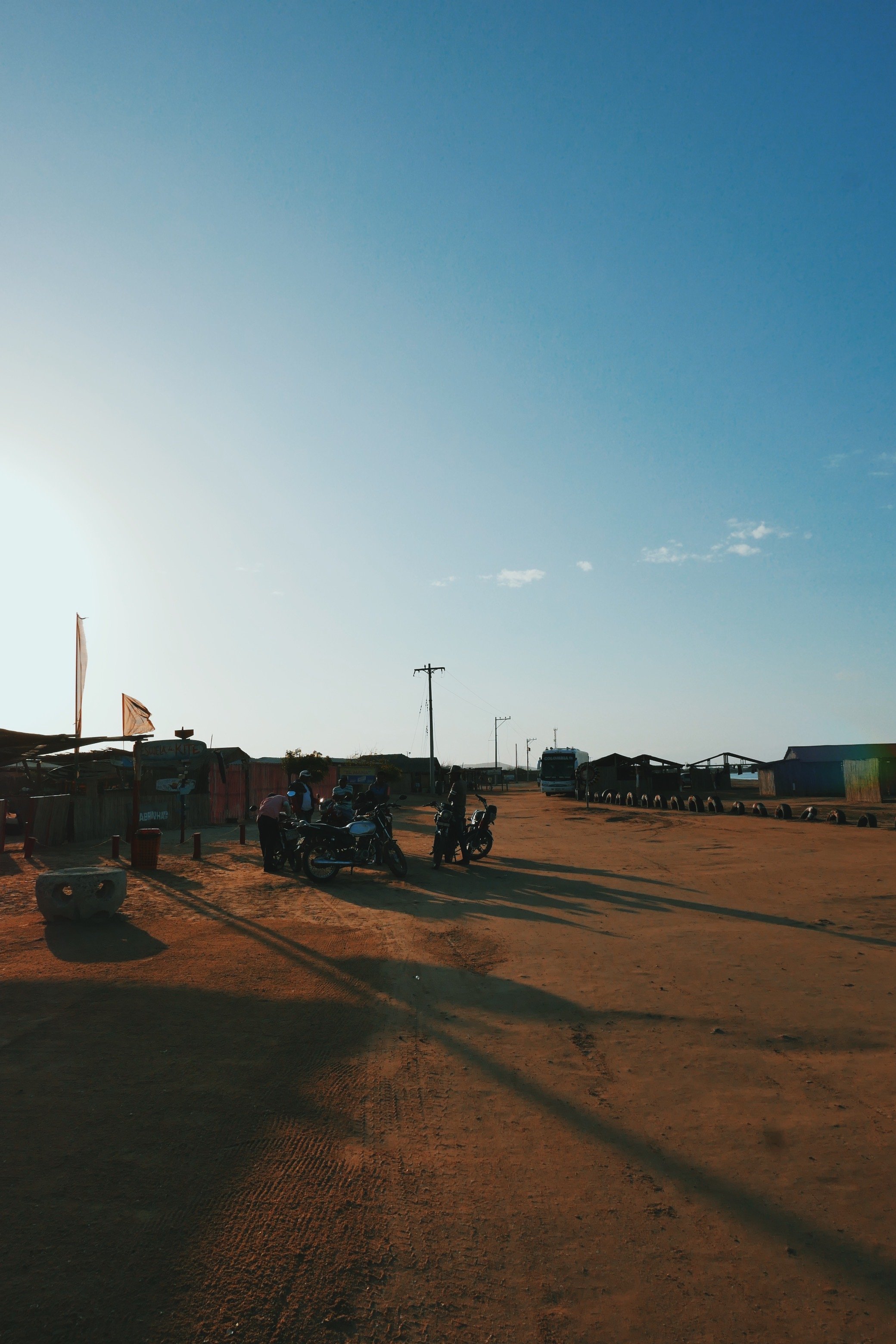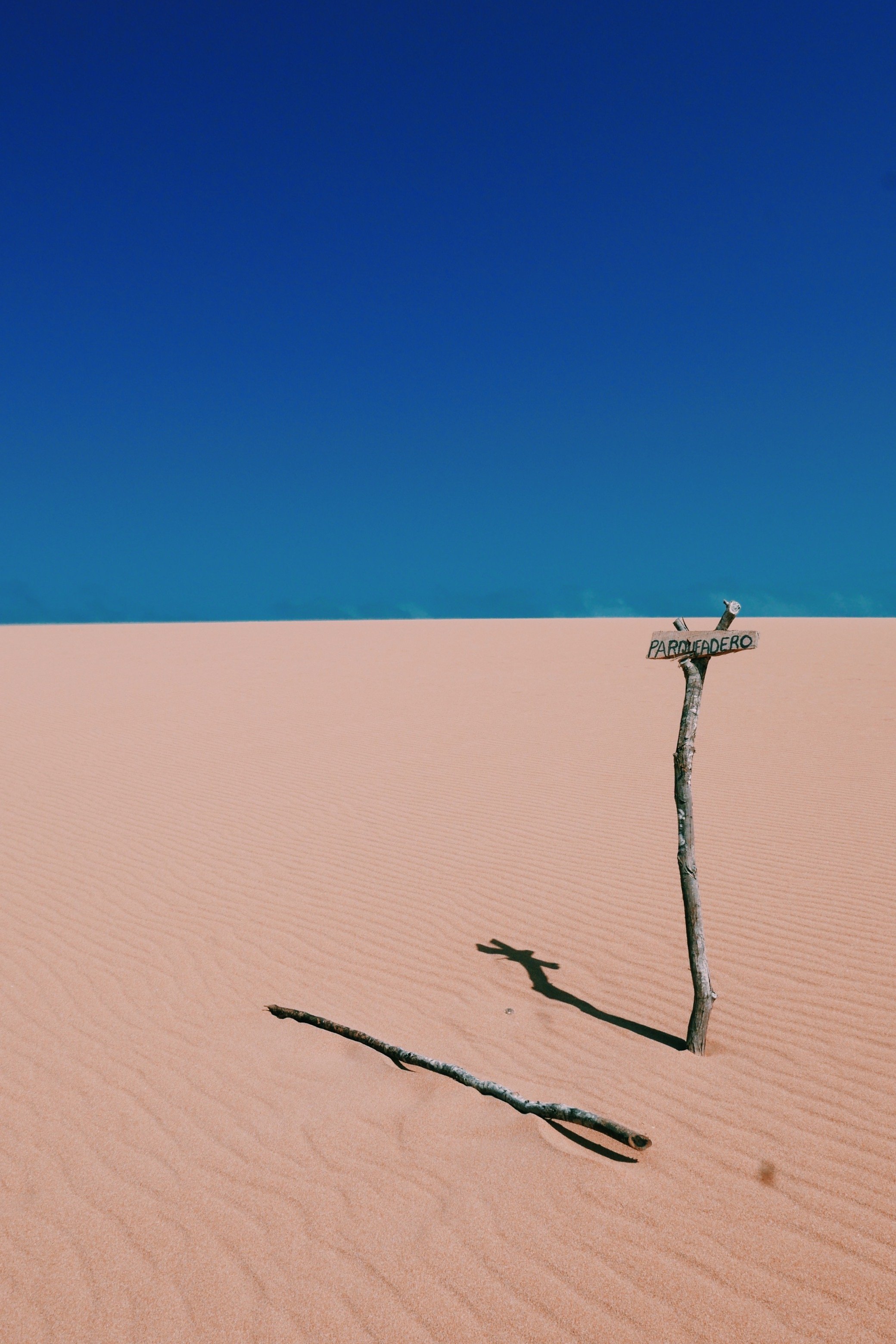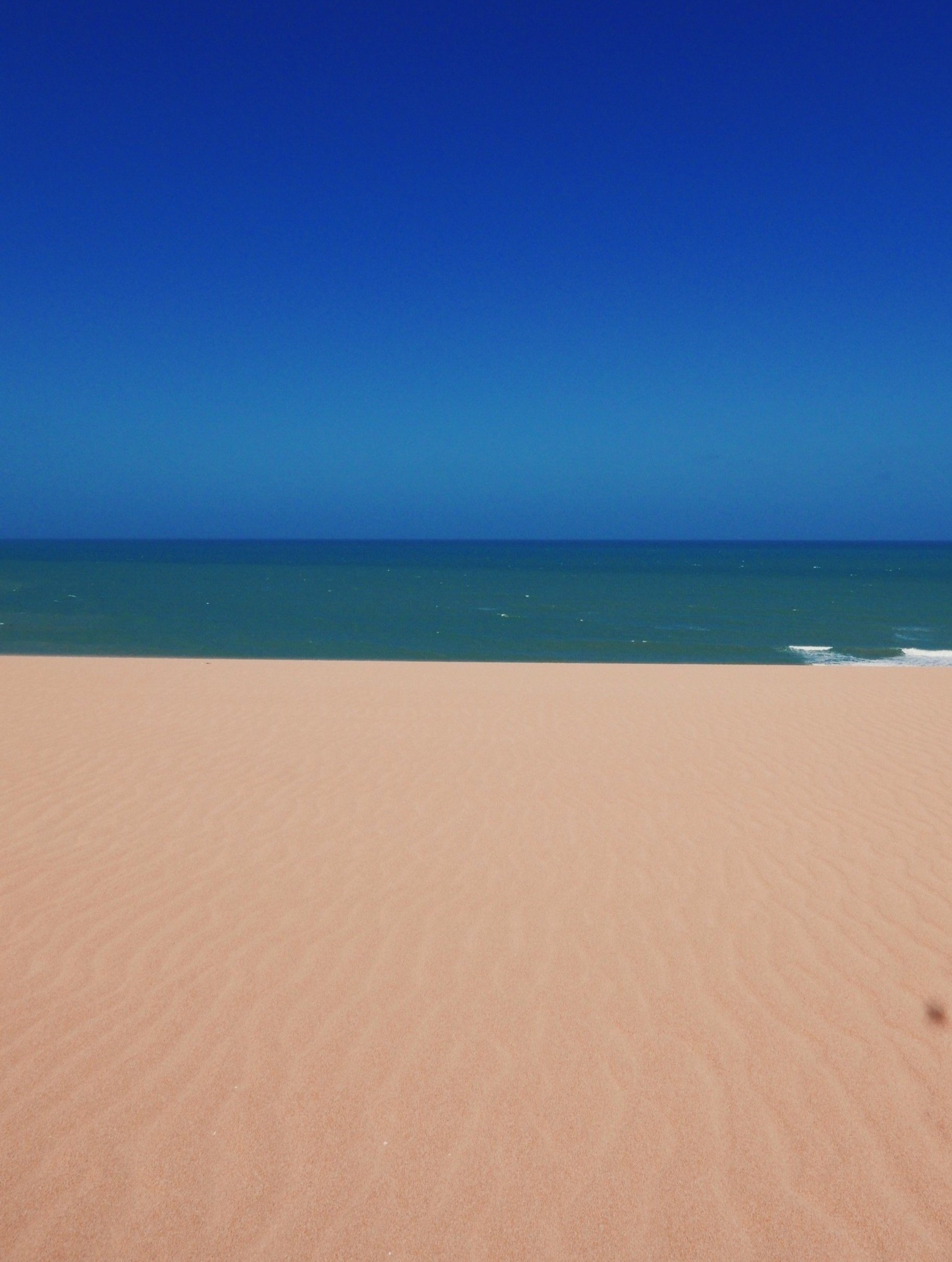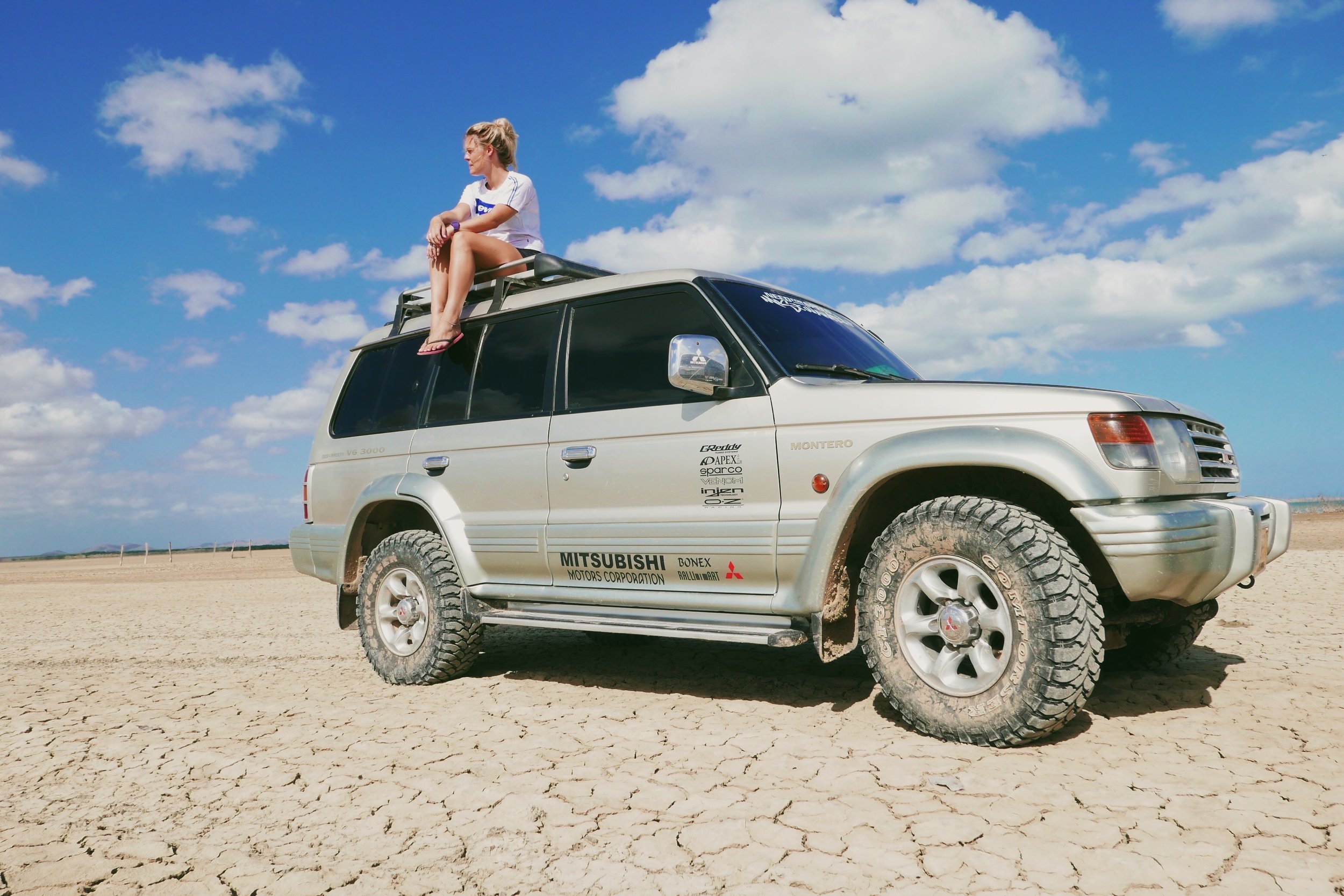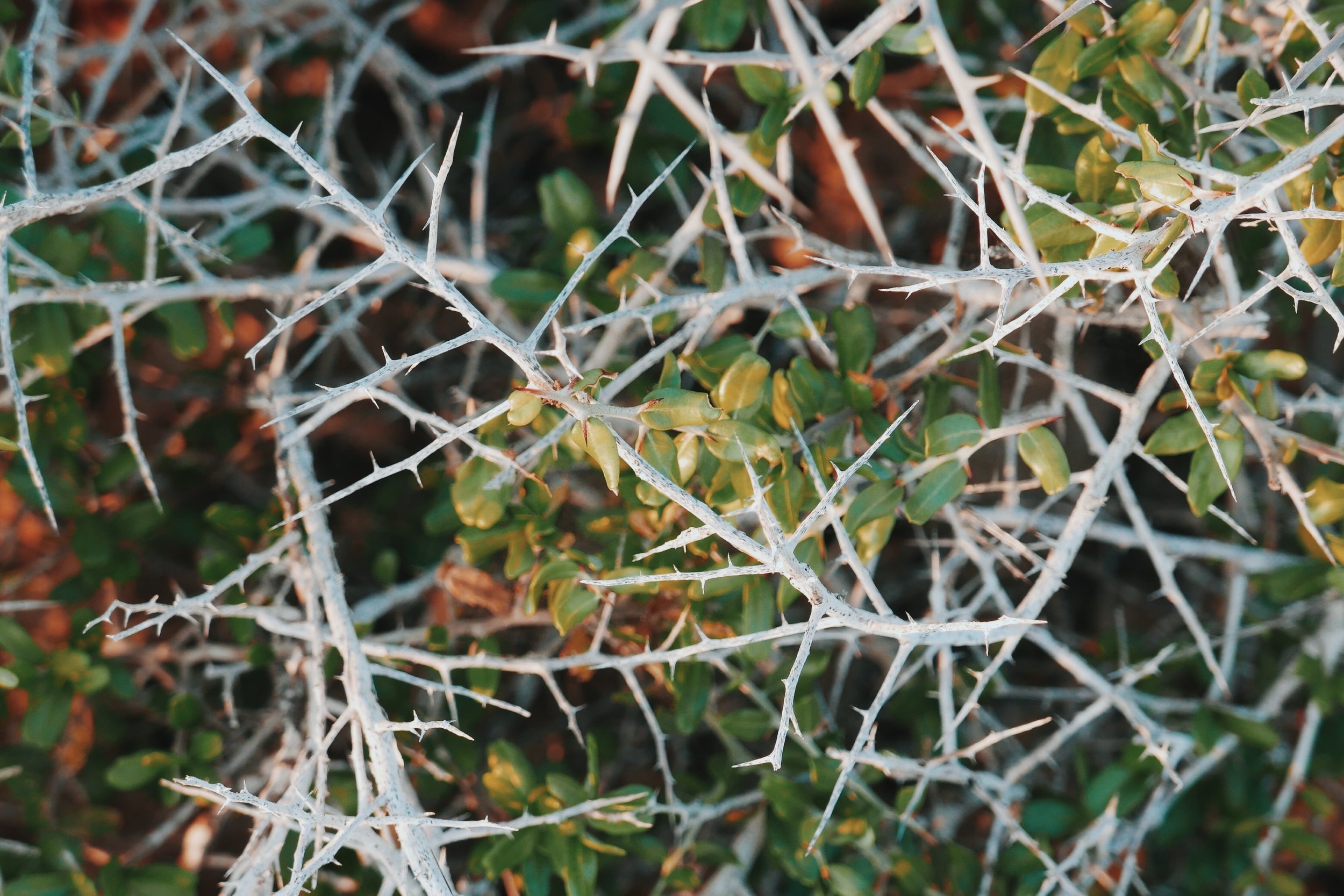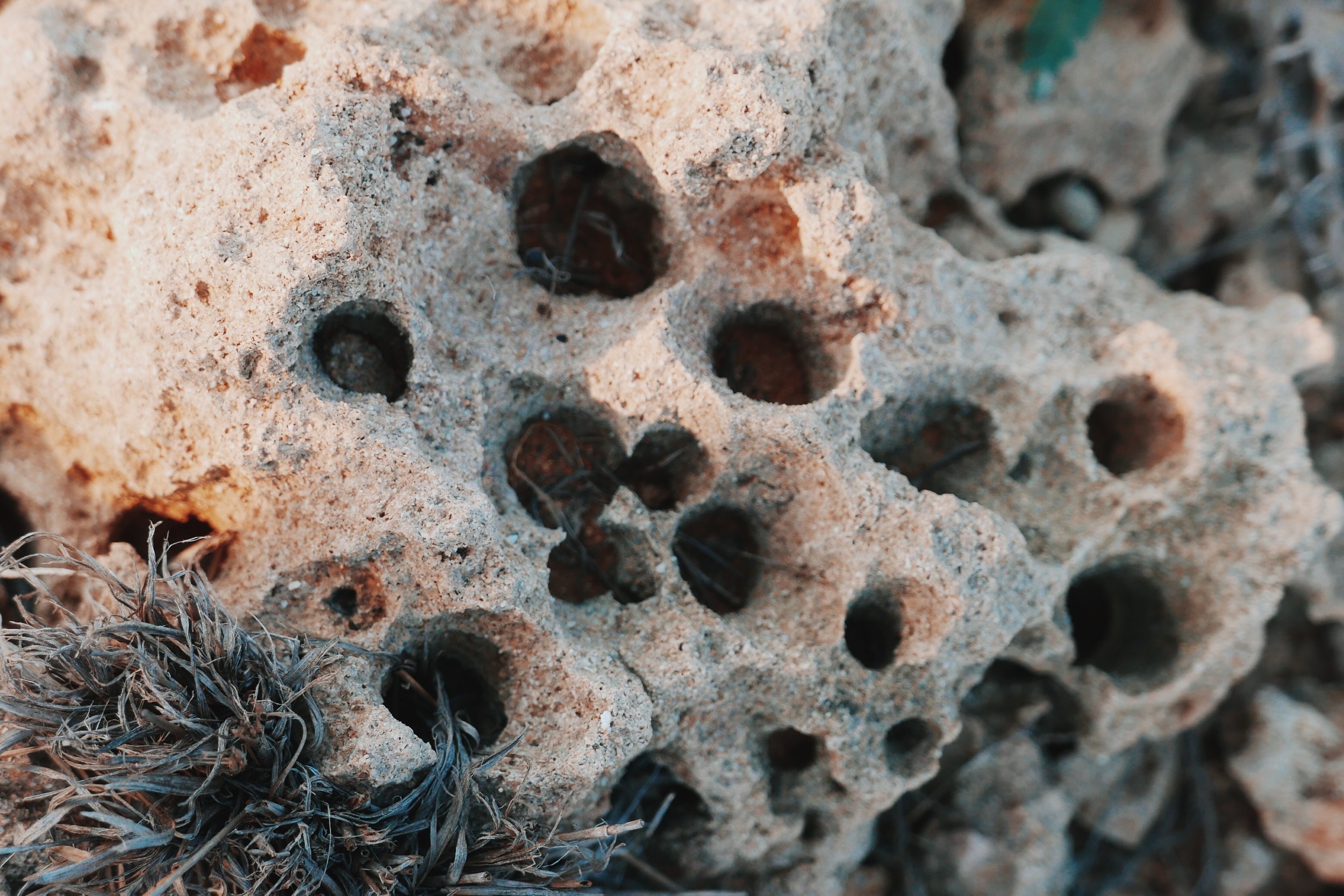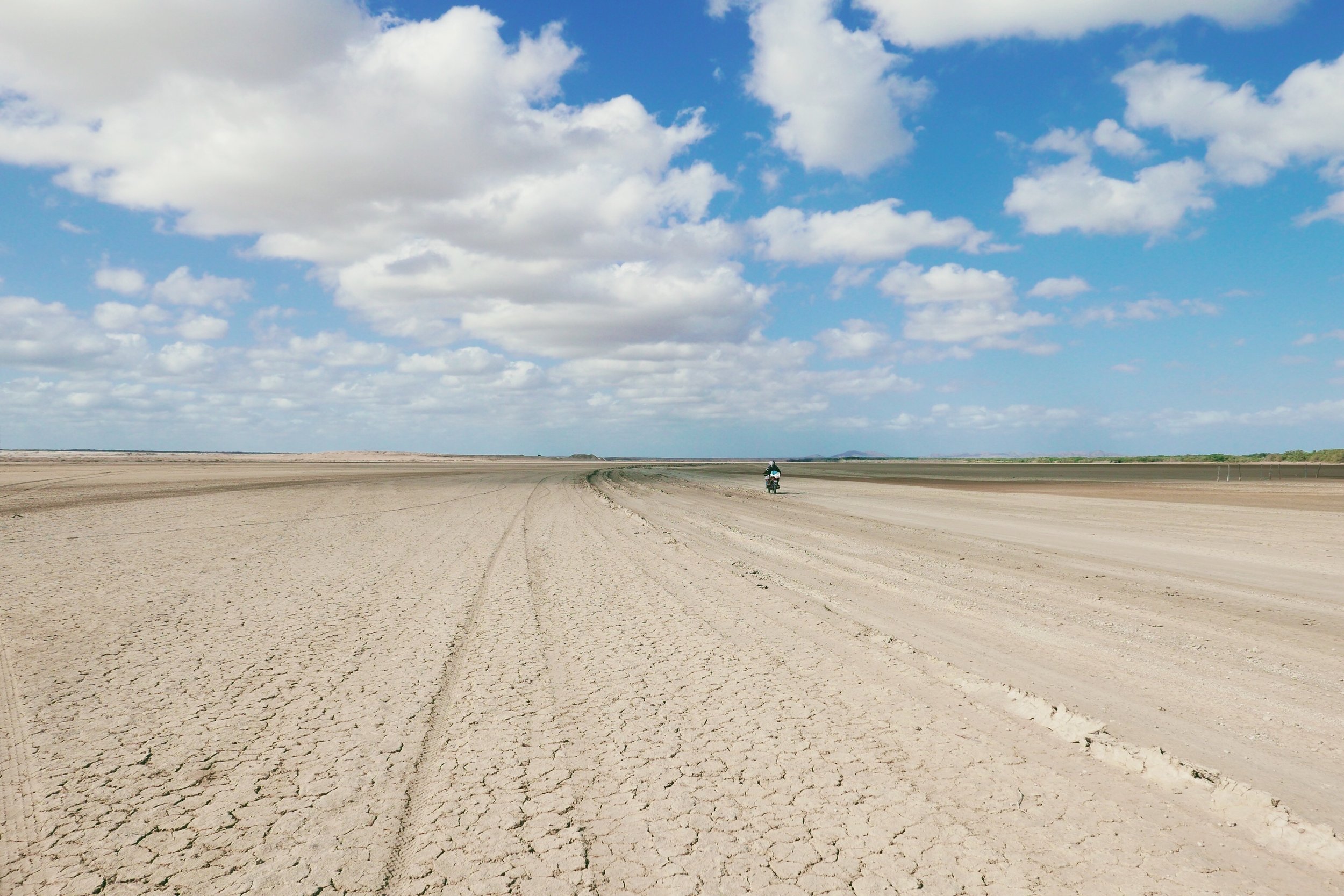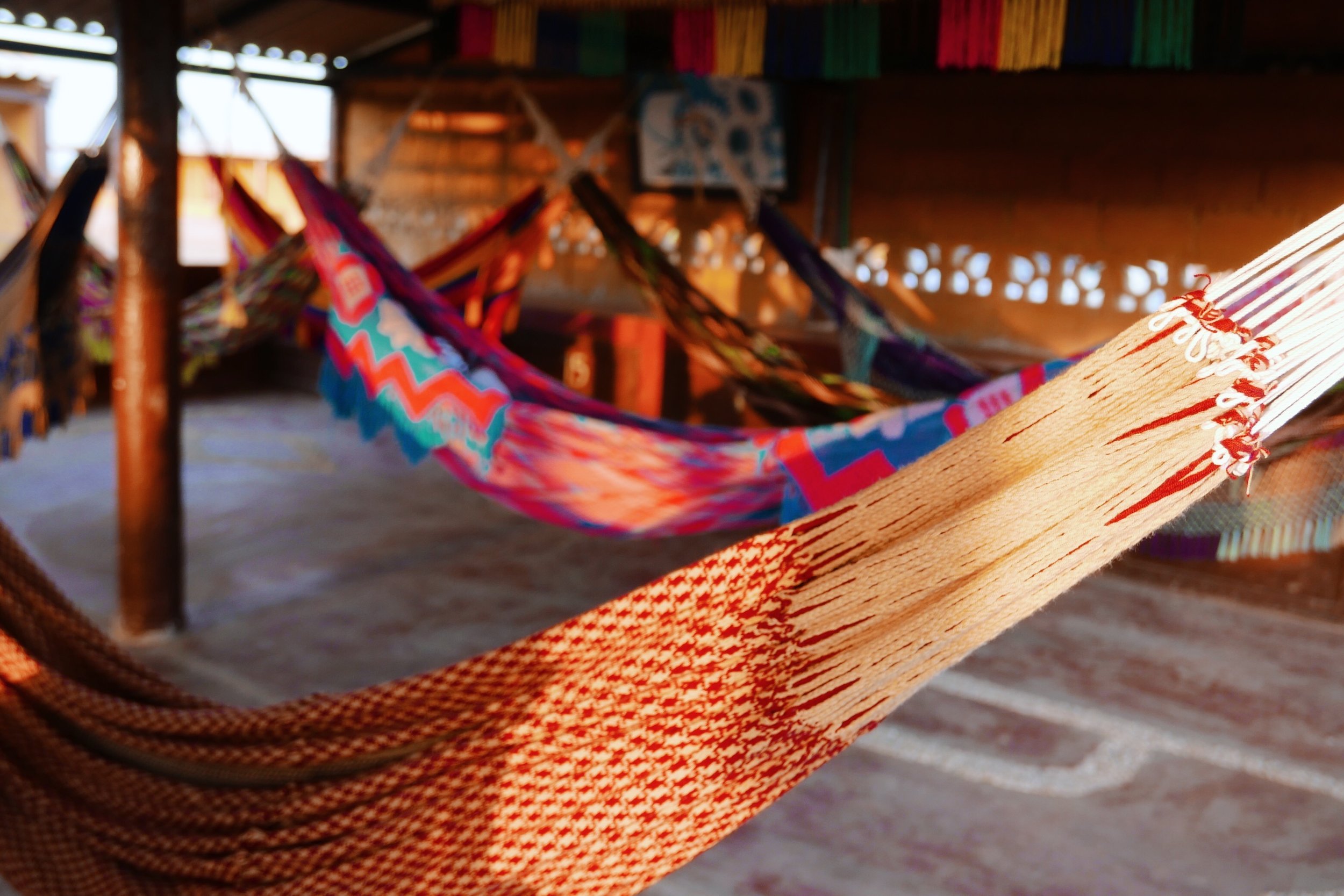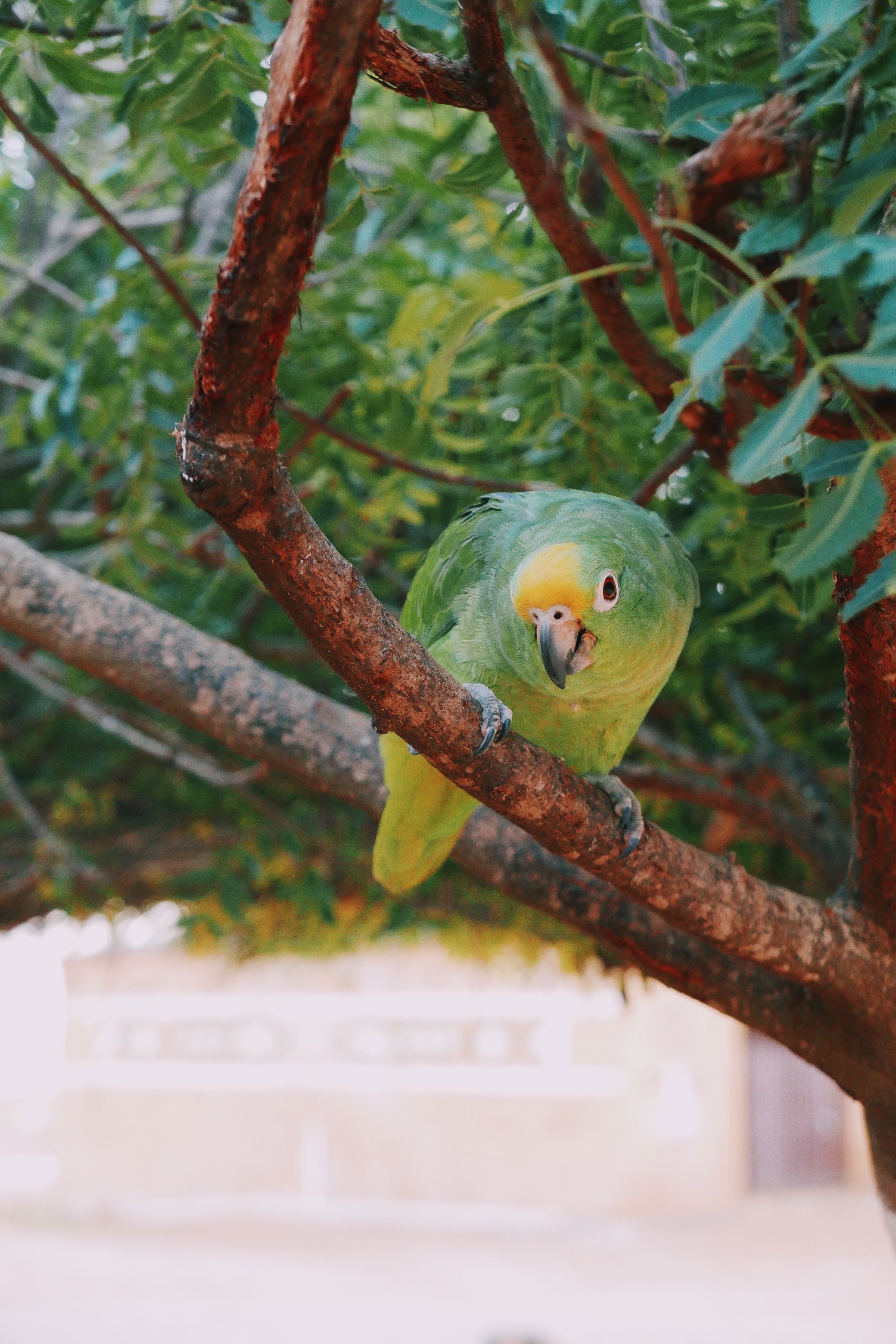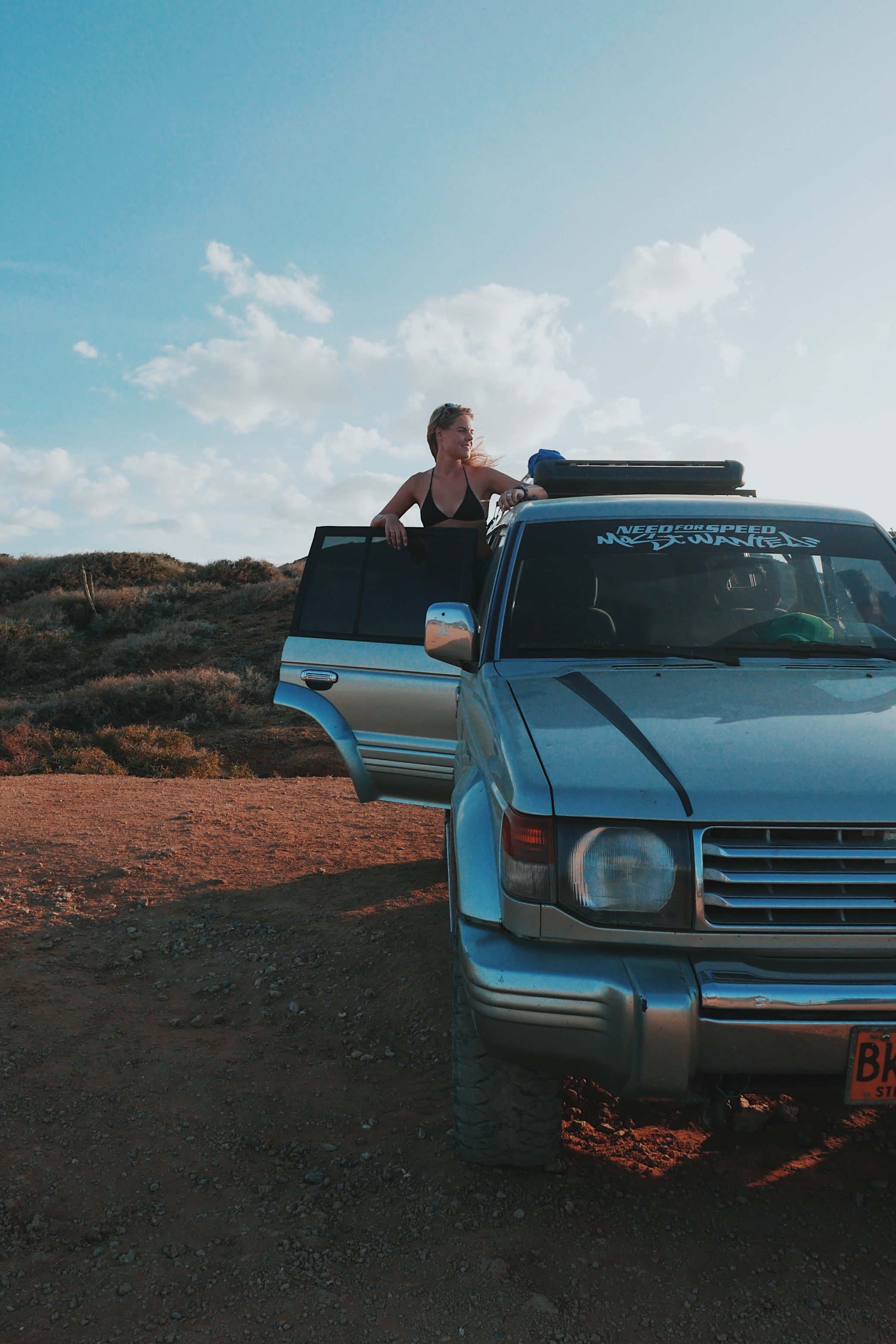EXPLORE LA GUAJIRA, COLOMBIA'S ANCIENT DESERT
OFF ROAD TO THE END OF THE WORLD
Where: The most northern tip of South America
How Long: 6 days
The Colombian Caribbean Coast is some of the most cinematic coastline on the continent. Choppy Azule waters hit white sand beaches and almost immediately the landscape vaults into mountains thick with jungle. It’s that drone footage coming in off the water before getting swallowed by hanging mist over the rainforest… you know the sort.
Most visitors to this part of Colombia spend their time in Tayrona park, Minca, Palomino and Cartagena. A less often travelled destination, but worth the time and effort is the alien landscapes of La Guajira desert and Punta Gallinas, the very, farthest, northern-most, tippity tip of South America.
How to plan a trip to Punta Gallinas:
As with any off-path adventure there a couple of ways to approach this. you can book a tour, of which more and more are springing up leaving from Palomino or Minca, or rent a 4X4 and attempt it DIY. As ever, the latter will deliver a unique, if slightly more stressful experience. If you’re in the mood for something slightly less anxiety inducing, Magic Tours run a good 4 day expedition https://magictourcolombia.com/tours/punta-gallinas-4-days/.
Either way, below is how we would recommend approaching this dessert excursion. If you do look at a tour for the main-part, have a little look at what’s included and cross-check with the below to make sure they offer some of the best bits.
Start: Palomino
Start your trip in Palomino, the once dusty beach-side town leading off the main highway down to the coast. Since 2016 this small village has erupted from a slightly weather-worn back-packer destination to one offering all the comforts of the modern traveller (yes, beachside brunches and cocktails in coconuts). That being said, it retains a lot of its charm by nature of it’s locations. The roads quickly turn from gravel to sand, you have to hop over the odd tarantula hole on the way to the beach, and you can still buy piping hot road-side areppas for breakfast on every corner. COVID19 may have struck some of the local hostels and hotels down, but the industry in this part of the world is bound to recover rapidly.
Stay:
'The Dreamer hostel' for a party vibe, ‘Palomino Sunrise’ for something more glam, or ‘Makao Beach Hotel’ for something right on the sand and an epic breakfast. Don’t worry too much about leaning into the flash-packer scene here… the next couple of nights will level you back out again.
What to pack for a trip to Cabo de la vela :
If you’ve found yourself a decent spot in Palomino, there is a strong chance your hotel or hostel will be more than happy for you to leave the main bulk of your luggage with them while you head out into the desert. This is a pretty useful set up given the slightly fragmented collectivo/truck/4x4 journey’s you may end up taking to get to Cabo de la Vela and beyond.
Suncream… lots and lots of suncream
Swimming stuff & towel
Pyjamas, toothbrush etc
Camera, phone, charging battery pack
A soundtrack for the 4x4 drive across the dessert
Crayons / Paper / small toys for Venezualan kids on the border
A supply of packaged Biscuits & water. These are your toll for the indigenous Wayuu Children & their make-shift road-barriers in the dessert
Onward travel: How to get from palomino to cabo de la vela
This is the fun bit…
First, find a bus heading to Riohacha, the last town before civilisation ends. Buses leave from the main-road at the top of town (just head up hill) from the beach until you hit the first paved road running parallel with the coast. The bus to Riohacha will take 1-2hrs. Leave on the first bus of the day at around 6am.
In Riohacha stroll along the beach front and grab an empanada before jumping onto a collectivo heading to Cuatro Vias, an hour east of Riohacha. This is exactly as the name says; a cross roads going in 4 directions.
Once you reach Cuatro Vias, then ask directions for the collectivo heading towards Uribia.
Once you reach Uribia, the next leg requires finding a truck heading to Cabo de la Vela.
In 2018 Uribia was full of Venezuelan refugees, if you think ahead buy pencils and crayons and hand out to the children for an overwhelmed response. The truck will head off when it is full, so be prepared to wait and practice your Spanish with the inquisitive locals. The journey will be about an 4 hours but the scenery will be desolate and well worth a watch. After the road runs out be prepared for a bumpy desert track and an uncomfortable ride. Thats what you signed up for!
NIGHT ONE: Cabo de la Vela
You can see why we suggested leaving at the crack of dawn, as with any multi-leg journey, things go wrong, connections don’t show up, or you get temporarily lost. If all goes (mostly) well, you should reach Cabo de la Vela in the late afternoon. This should provide time to watch the many avid kite-surfers take advantage of the high winds and pancake flat water.
Food wise, it’s fish and rice most places (no surprises there). After dinner though you can wander through town until you find the Nomad Bar, for strong cocktails served in mayonnaise jars and chilly Venezuelan beers (it’s a linear development so no worries about getting too lost!).
This part of Colombia feels so disconnected. It is a criss-cross of communities sprung up sand-track roads, and mostly generator powered (explaining the near constant background hum you’ll hear when around any buildings). Power-lines and wind turbines, although standing, remain disconnected. No doubt a result of a bit of corruption and embezzlement.
Local indigenous communities of Wayùu specialise in a type of weaving you may have noticed hitting the UK high streets since 2019 (for incredible mark-ups), specially the ‘Mochila’ bags. Take the opportunity to buy the beautiful handicrafts direct from the maker for a more reasonable price, whilst being sure the money is going straight to the artisan.
stay:
There are a couple of hotels/hostels offering beds here, the best we saw was Playa Arco Iris, which also has relatively decent washing facilities (emphasis on relative).
For a different experience find a hostel where you can see the enormous chinchorros hammocks strung from the rafters. They are often in a dorm like set up but you can fall asleep under the stars, and they are surprisingly comfortable.
what to Do:
If you don’t want to rush, or can’t find the transport easily, you can happily fill two days here.
Climb the rocky mountain El Pilón de Azúcar. This short hike up a rocky out-crop is one of the most iconic landmarks in Cabo de la Vela, It’s breezy but an epic view out across the shoreline,.
Take in the sunset from El Faro (The lighthouse). It can get pretty crowded but the silhouettes of people staring out across the water have their own beauty. Take a few drinks and soak up the atmosphere. From here you can also appreciate a wonderful view of the Ojo de Agua Beach.
If you're feeling up for it, book a kite-surfing lesson you can rent all the gear you need from one of the outfits along the sea front.
Aside from that, Its a nice place to do very little.
Onward Travel: how to get from cabo de la vela to punta gallinas
Your next challenge is getting to Punta Gallinas, either ask around or your hostel might be able to help. You should be able to secure a driver and if you’re lucky other travellers to share the cost. Make sure your trip includes stopping at the Taroa Dunes, where the desert meets the sea, a surreal experience; run down a sand-dune and dive into the warm waters of the Caribbean.
From the dunes, you'll head to Punta Gallinas; the northern most tip of South America. Inhabitated solely by the Wayùu indigineous people, be prepared to hand out water and biscuits to pass the many (many) home-made barriers they’ve put across the road.
Where to stay in Punta Gallinas:
You'll need to stay in one of the 3 Wayùu home-stays and your driver should be able to organise this for you. Alternatively a few hostels and hotels come and go depending on the season and who’s around to work, they are listed on Google Maps here and it can be worth phoning ahead, but not worth fretting too much over as places will nearly always have a free chinchorros or two.
what to do in Punta Gallinas:
A magical, slightly other-worldly place, and strangely quiet. You can head out onto the water around Bahia Hondita if you get talking to local fisherman, wander the area collecting ancient sea-shells or relax in your hammock. It feels incredibly isolated, with some expansive moon-scape vistas so definitely a place to just stop and take it all in. Make sure to stay up late to stare into the milky-way. the clearest stars we have seen - They made us dizzy.
Depending on time and ability to source transport, you can also spend a day heading further east to visit National Natural Park La Macuira. This is quite literally an oasis in the middle of the desert. It’s a little mind-blowing, and probably inspired a lot of those movies & images of lush paradises emerging from hazy desert scapes, but in this case it is not mirage. Fair warning, the journey from Punta Gallinas can take anything from 3 hours to 7, depending on which part of the park you head to and where you depart from. If you are not on a tour where this is included, have a chat to the locals in Cabo de la Vela or Punta Gallinas about what they recommend.
The next day, head back to Uribia, and find the bus going all the way back to Palomino. It’s a long journey but you should arrive in the late afternoon. In time to take a well earned shower, and enjoy a couple of cocktails or two as the sunsets - A toast to the very North of South America.

